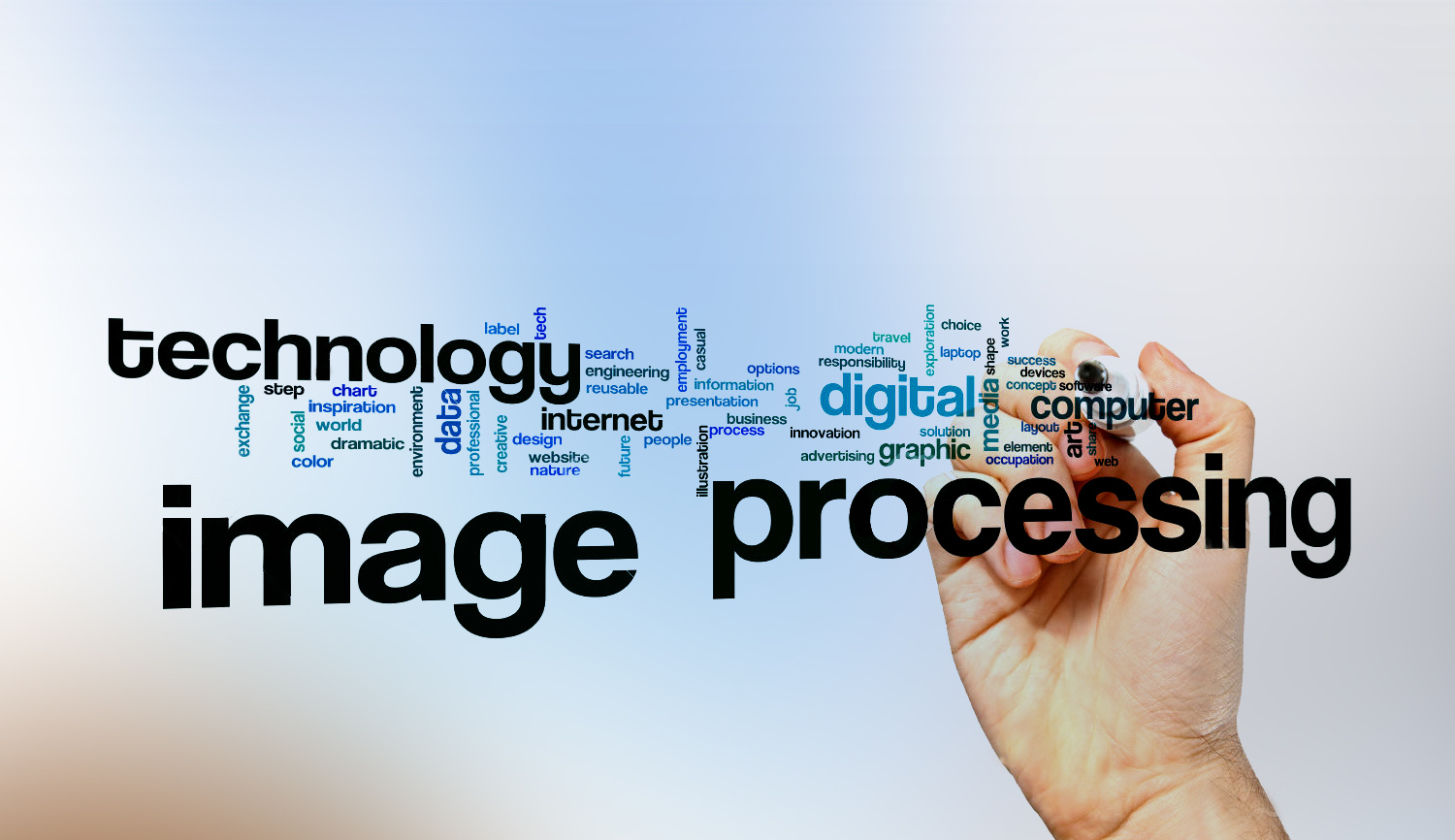M.Tech/Ph.D Thesis Help in Chandigarh | Thesis Guidance in Chandigarh
What is Digital Image Processing?
Digital image processing is the process of using computer algorithms to perform image processing on digital images. Latest topics in digital image processing for research and thesis are based on these algorithms. Being a subcategory of digital signal processing, digital image processing is better and carries many advantages over analog image processing. It permits to apply multiple algorithms to the input data and does not cause the problems such as the build-up of noise and signal distortion while processing. As images are defined over two or more dimensions that make digital image processing “a model of multidimensional systems”. The history of digital image processing dates back to early 1920s when the first application of digital image processing came into news. Many students are going for this field for their m tech thesis as well as for Ph.D. thesis. There are various thesis topics in digital image processing for M.Tech, M.Phil and Ph.D. students. The list of thesis topics in image processing is listed here. Before going into topics in image processing, you should have some basic knowledge of image processing.

Latest research topics in image processing for research scholars:
- The hybrid classification scheme for plant disease detection in image processing
- The edge detection scheme in image processing using ant and bee colony optimization
- To improve PNLM filtering scheme to denoise MRI images
- The classification method for the brain tumor detection
- The CNN approach for the lung cancer detection in image processing
- The neural network method for the diabetic retinopathy detection
- The copy-move forgery detection approach using textual feature extraction method
- Design face spoof detection method based on eigen feature extraction and classification
- The classification and segmentation method for the number plate detection
- Find the link at the end to download the latest thesis and research topics in Digital Image Processing
Formation of Digital Images
Firstly, the image is captured by a camera using sunlight as the source of energy. For the acquisition of the image, a sensor array is used. These sensors sense the amount of light reflected by the object when light falls on that object. A continuous voltage signal is generated when the data is being sensed. The data collected is converted into a digital format to create digital images. For this process, sampling and quantization methods are applied. This will create a 2-dimensional array of numbers which will be a digital image.
Why is Image Processing Required?
- Image Processing serves the following main purpose:
- Visualization of the hidden objects in the image.
- Enhancement of the image through sharpening and restoration.
- Seek valuable information from the images.
- Measuring different patterns of objects in the image.
- Distinguishing different objects in the image.
Applications of Digital Image Processing
- There are various applications of digital image processing which can also be a good topic for the thesis in image processing. Following are the main applications of image processing:
- Image Processing is used to enhance the image quality through techniques like image sharpening and restoration. The images can be altered to achieve the desired results.
- Digital Image Processing finds its application in the medical field for gamma-ray imaging, PET Scan, X-ray imaging, UV imaging.
- It is used for transmission and encoding.
- It is used in color processing in which processing of colored images is done using different color spaces.
- Image Processing finds its application in machine learning for pattern recognition.
List of topics in image processing for thesis and research
- There are various in digital image processing for thesis and research. Here is the list of latest thesis and research topics in digital image processing:
- Image Acquisition
- Image Enhancement
- Image Restoration
- Color Image Processing
- Wavelets and Multi Resolution Processing
- Compression
- Morphological Processing
- Segmentation
- Representation and Description
- Object recognition
- Knowledge Base
1. Image Acquisition:
Image Acquisition is the first and important step of the digital image of processing. Its style is very simple just like being given an image which is already in digital form and it involves preprocessing such as scaling etc. It starts with the capturing of an image by the sensor (such as a monochrome or color TV camera) and digitized. In case, the output of the camera or sensor is not in digital form then an analog-to-digital converter (ADC) digitizes it. If the image is not properly acquired, then you will not be able to achieve tasks that you want to. Customized hardware is used for advanced image acquisition techniques and methods. 3D image acquisition is one such advanced method image acquisition method. Students can go for this method for their master’s thesis and research.
2. Image Enhancement:
Image enhancement is one of the easiest and the most important areas of digital image processing. The core idea behind image enhancement is to find out information that is obscured or to highlight specific features according to the requirements of an image. Such as changing brightness & contrast etc. Basically, it involves manipulation of an image to get the desired image than original for specific applications. Many algorithms have been designed for the purpose of image enhancement in image processing to change an image’s contrast, brightness, and various other such things. Image Enhancement aims to change the human perception of the images. Image Enhancement techniques are of two types: Spatial domain and Frequency domain.
3. Image Restoration:
Image restoration involves improving the appearance of an image. In comparison to image enhancement which is subjective, image restoration is completely objective which makes the sense that restoration techniques are based on probabilistic or mathematical models of image degradation. Image restoration removes any form of a blur, noise from images to produce a clean and original image. It can be a good choice for the M.Tech thesis on image processing. The image information lost during blurring is restored through a reversal process. This process is different from the image enhancement method. Deconvolution technique is used and is performed in the frequency domain. The main defects that degrade an image are restored here.
4. Color Image Processing:
Color image processing has been proved to be of great interest because of the significant increase in the use of digital images on the Internet. It includes color modeling and processing in a digital domain etc. There are various color models which are used to specify a color using a 3D coordinate system. These models are RGB Model, CMY Model, HSI Model, YIQ Model. The color image processing is done as humans can perceive thousands of colors. There are two areas of color image processing full-color processing and pseudo color processing. In full-color processing, the image is processed in full colors while in pseudo color processing the grayscale images are converted to colored images. It is an interesting topic in image processing.

5. Wavelets and Multi Resolution Processing:
Wavelets act as a base for representing images in varying degrees of resolution. Images subdivision means dividing images into smaller regions for data compression and for pyramidal representation. Wavelet is a mathematical function using which the data is cut into different components each having a different frequency. Each component is the then studied separately through a resolution matching scale. Multi-resolution processing is a pyramid method used in image processing. Use of multiresolution techniques are increasing. Information from images can be extracted using a multi-resolution framework.
6. Compression:
Compression involves the techniques that are used for reducing storage necessary to save an image or bandwidth to transmit it. If we talk about its internet usage, it is mostly used to compress data. Algorithms acquire useful information from images through statistics to provide superior quality images. Image compression is a trending thesis topic in image processing.
7. Morphological Processing:
Morphological processing involves extracting tools of image components which are further used in the representation and description of shape. There are certain non-linear operations in this processing that relates to the features of the image. These operations can also be applied to grayscale images. The image is probed on a small scale known as the structuring element.
8. Segmentation:
Segmentation involves dividing an image into its constituent parts or objects. Generally, autonomous image segmentation is one of the toughest tasks in digital image processing. It is a rugged segmentation procedure that takes a long way toward a successful solution of imaging problems that require objects to be identified individually. In simple terms, image segmentation means partitioning an image into multiple segments for simplification and changing the representation of the image. In this, a label is assigned to every pixel such two or more labels may share the same label.
9. Representation and Description:
The behavior of representation and description depends on the output of a segmentation stage and it includes raw pixel data, constituting either all the points in the reign or only boundary of the reign. Choosing a representation is a part of the solution to transform raw data into a suitable form that allows subsequent computer processing. As description deals with extracting attributes that yield quantitative information of interest or basic to separate one class from another.
10. Object recognition:
Recognition involves assigning of a label, such as, “vehicle” to an object completely based on its descriptors. It is a method of recognising a specific object in an image or video. There are certain techniques and models for object recognition like deep learning models, bag-of-words model etc. This can be done using Matlab. This requires machine learning and deep learning methods. Go for this topic for your m.tech thesis on image processing.
11. Knowledge Base:
Knowledge is all about detailing regions of an image to locate the information of interest that ultimately delimits the research to be conducted in seeking that information. Knowledge Base becomes complex such as an interconnected list of all major possible defects in materials assessment problems or an image database carrying high-resolution satellite images of a region in relation with change-detection applications.
This was the list of latest and interesting thesis topics in image processing. There are also various thesis topics in digital image processing using Matlab as Matlab tool is the most common tool used for image processing. Contact Techsparks for thesis help in Image Processing for M.Tech and Ph.D. You can fill the inquiry form on the website for thesis and research help in image processing topics.
Click the following link to download the latest thesis and research topics in Digital Image Processing
Techsparks provide the following two guidance packages:
Techsparks Standard Package
- Problem Definition/Topic Selection
- Latest IEEE Base Paper (Research Paper Selection)
- Synopsis/Proposal (Plagiarism Free)
- Complete Implementation (Base Paper Implementation, Solution Implementation, Result Analysis And Comparison
- All Kind Of Changes And Modifications
- Online Live Video Classes Through Skype
- Thesis Report (Plagiarism Free)
- Research Paper
Techsparks Ultimate Package
- Problem Definition/Topic Selection
- Latest IEEE Base Paper (Research Paper Selection)
- Synopsis/Proposal (Plagiarism Free)
- Complete Implementation (Base Paper Implementation, Solution Implementation, Result Analysis And Comparison
- All Kind Of Changes And Modifications
- Thesis Report (Plagiarism Free)
- Research Paper (With Guaranteed Acceptance In Any International Journal Like IEEE, Scopus, Springer, Science Direct)
- Online Live Video Classes Through Skype


